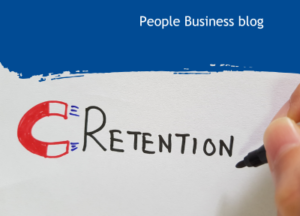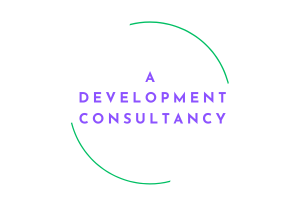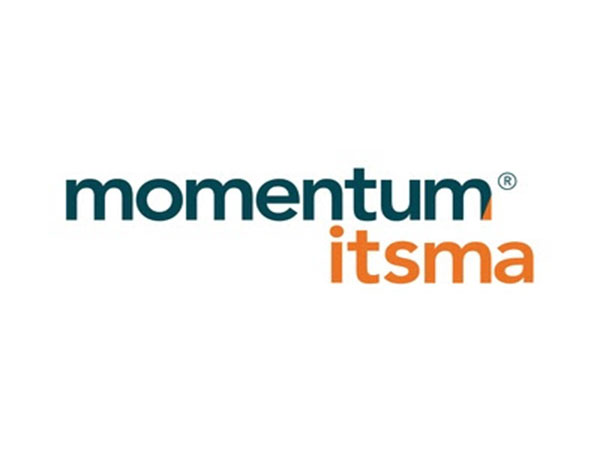Maximising employee retention – strategies for managers
 In a recent survey by Freeths, they found that 41% of HR managers indicated that employee retention was a top priority in 2024.
In a recent survey by Freeths, they found that 41% of HR managers indicated that employee retention was a top priority in 2024.
While there is no one-size-fits-all solution, insights can be gained by understanding the key indicators of job dissatisfaction and suggesting strategies to retain employees.
Tell-tale signs that people are dissatisfied and looking for alternative employment
Here are some of the behaviours you might see. Whatever the signs, the key is to act swiftly, have a conversation to highlight your concerns and find out what you might do to support your people.
- Decreased productivity
- Employees show a noticeable drop in work output and quality
- Tasks take longer to complete, and deadlines are frequently missed.
- Increased absenteeism
- Employees take more sick days or unplanned leave
- There is a pattern of frequent tardiness or early departures.
- Lack of engagement
- Employees are less involved in meetings or discussions
- They show a lack of enthusiasm or interest in their work.
- Withdrawal from team activities
- Employees participate less in team events or social gatherings
- They become isolated and avoid interactions with colleagues.
- Higher stress levels
- Employees show signs of stress, such as irritability or anxiety
- There is an increase in conflicts or tension among team members.
- Frequent Complaints
- Employees express dissatisfaction more often
- They complain about workload, management decision or company policies.
So, what can a manager do?
One of the challenges with retention is that many factors are out of a manager’s control. Managers often have to work within the constraints of existing processes and policies such as promotion, pay and remuneration which might be inflexible, outdated or both.
Additionally, poor employee retention can be a sign of a wider issue such as company culture – a topic we covered in our blog on the tell-tale signs that an organisation needs a cultural shift.
However, there are many ‘quick wins’ as well as more longer-term actions, as listed below. Included are some useful questions to help kick-off conversations:
- Recognise and appreciate contributions: However small, regularly acknowledge and celebrate employee achievements. Recognition can be formal (awards, bonuses) or informal (verbal praise, thank-you notes). ASK: What did you enjoy about doing that piece of work?
- Regular check-ins and feedback: Schedule regular one-on-one meetings with employees to discuss their progress, challenges and job satisfaction. Use these sessions to listen actively and provide feedback. On a day-to-day basis, catch people getting it right, reinforcing levels of expectation and behaviours. ASK: What are you enjoying about the way we are working together? Is the amount of feedback you are getting ok? What feedback do you have for me?
- Build trust through transparent communication: Keep employees informed about organisational changes, strategies and performance. Transparency builds trust and helps employees feel connected to the organisation’s objectives. ASK: What else would you like to know more about?
- Listen and act on feedback: Create channels for employees to voice concerns and suggestions. Act on feedback to show employees that their opinions are valued and impactful. ASK: What concerns/ideas do you have currently?
- Resolve conflicts quickly: Address interpersonal or workplace conflicts swiftly and fairly to maintain a harmonious work environment. ASK: What is a good outcome? What does resolution look like?
- Mentorship and coaching: Pair employees with mentors or coaches who can provide guidance, support and encouragement. ASK: What positions within the organisation are you interested in finding out more about?
- Empower employees: Give employees autonomy and ownership over their work. Encourage them to take initiative and contribute ideas. Delegate responsibility. ASK: What tasks do you feel confident enough to carry out with minimal supervision from me?
- Involve employees in decision-making: Include employees in decisions that affect their work and the organisation. This can increase their sense of belonging and investment in the company’s success. ASK: What options do you think we have before we make a decision?
- Career development plans: Work with employees to create personalised career development plans that align with their goals and the organisation’s needs. Offer clear paths for advancement within the company. ASK: What type of work interests you within the organisation? How would you like to progress in your role?
- Meaningful work: Help employees see the impact of their work on the organisation and its stakeholders. Connect their roles to a larger purpose. ASK: How do you think your work impacts our clients/the wider organisation/community?
- Employee wellbeing programmes: Invest in comprehensive wellbeing programmes that include mental health support, wellness initiatives and work-life balance policies. ASK: What types of support services (e.g. mental health counselling, financial advice, legal assistance) would be most beneficial to you in managing personal and work-related challenges? Are there specific areas of wellbeing where you would like more support from the company?
- Competitive compensation: Regularly review and adjust salary structures, benefits packages and bonuses to remain competitive in the market. ASK: What elements of your compensation and benefits package do you value the most and why?
Conclusion
By implementing these strategies, managers can create a supportive, engaging and rewarding work environment that encourages employees to remain with the organisation. Understanding and addressing the individual needs and motivations of employees is crucial for fostering long-term loyalty and commitment.




